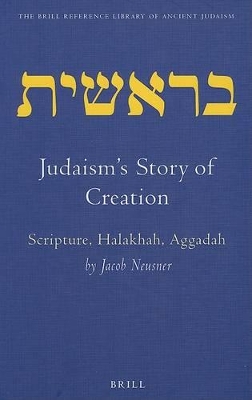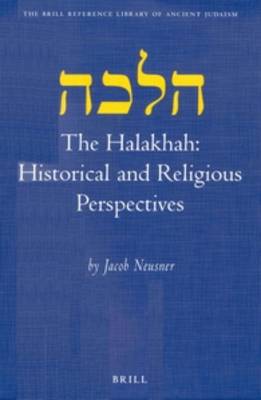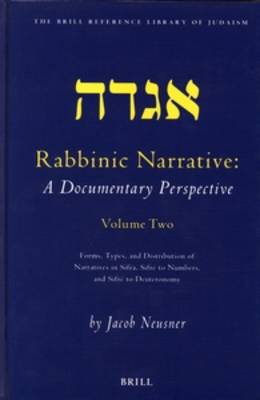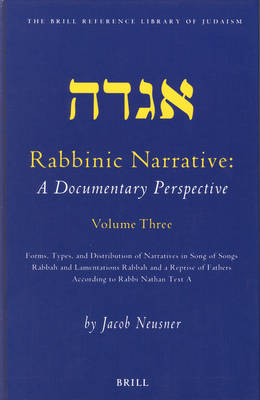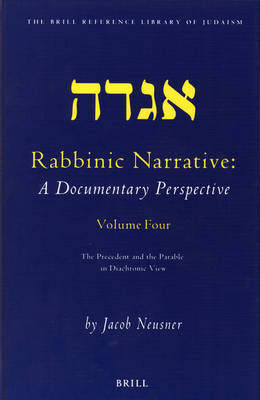Brill Reference Library of Judaism
11 primary works
Book 3
This act of intellect resulted in two distinct, ahistorical media of thought and expression, the Halakhah, law, and Aggadah, lore.
The author provides three systematic accounts of the Halakhic reading, and two Aggadic accounts. The Halakhic accounts cover [1] Work and Rest, [2] Ownership and Possession, Eden and the Land, and [3] Ownership and Possession in the Household. The Aggadic accounts pertain to [1] the Six Days of Creation, and [2] Adam and Eve.
Book 5
Book 6
Book 8
Book 9
Book 12
At stake are [1] a conception of time different from the historical one and [2] premises on how to take the measure of time that form a legitimate alternative to those that define the foundations of the historical way of measuring time. Fully exposed, those alternative premises may prove as logical and compelling as the historical ones.
Book 13
Book 14
Book 15
Book 16
Book 17
